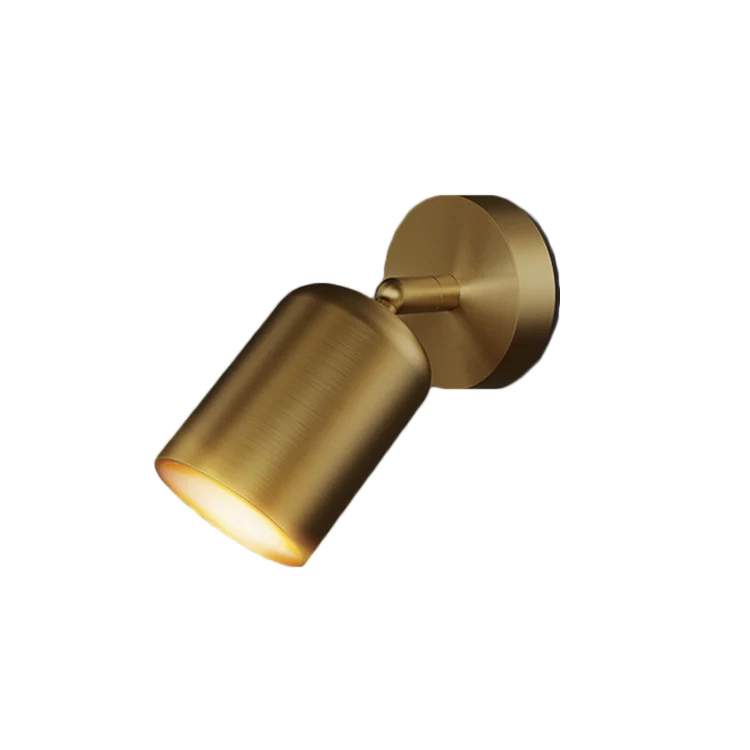LEAFLETS
PRODUCTS
Table Lamp Cozy Atmosphere
The Psychological Impact of Warm Light
The human brain is intrinsically linked to light and its variations. The warm, yellowish light emitted by many table lamps mimics the natural light of the setting sun, triggering a physiological response associated with relaxation and rest. This is in stark contrast to the cooler, bluer light of daylight or fluorescent bulbs, which can be stimulating and even cause eye strain. The warm hues of a table lamp promote the release of melatonin, a hormone crucial for regulating sleep cycles, thus contributing to a sense of calm and preparing the body for rest. This subtle physiological effect translates into a palpable sense of comfort and well-being, creating a haven where one can unwind after a long day.
Furthermore, the gentle, diffused light of a table lamp avoids harsh shadows and glaring brightness, creating a visually soothing environment. The soft illumination reduces eye strain and allows for a more relaxed state of mind, ideal for reading, contemplation, or simply enjoying a quiet evening. This gentle illumination is particularly beneficial in reducing the anxiety and restlessness that bright, overhead lights can sometimes induce. The calming effect of the light, therefore, isn't merely aesthetic; it's deeply embedded in our biological responses to the environment.
Table Lamp Styles and Their Contribution to Coziness
The style of the table lamp itself plays a significant role in shaping the overall cozy atmosphere. A rustic, handcrafted lamp with a textured ceramic base and a linen shade immediately conjures a feeling of warmth and handcrafted charm. Its imperfections and natural variations add to its unique appeal, contributing to a sense of authenticity and comfort. In contrast, a sleek, minimalist lamp with a metallic base and a simple shade creates a different kind of coziness – one characterized by clean lines, modern elegance, and understated sophistication.
The material of the lampshade is also crucial. Linen, cotton, and silk shades diffuse the light beautifully, creating a soft and inviting glow. These natural materials add a tactile dimension to the ambiance, enhancing the feeling of comfort and warmth. Conversely, a glass or acrylic shade will project a more direct light, resulting in a brighter, less intimate atmosphere. The selection of the lampshade, therefore, is a critical design choice that directly influences the overall sensory experience.
Beyond material, the color of the lampshade also matters. Warm-toned shades, such as cream, beige, or amber, enhance the cozy ambiance, while cooler colors can feel less inviting. The size and shape of the lamp also contribute to the overall effect. A smaller lamp might create a more intimate and focused light source, perfect for a reading nook, while a larger lamp can illuminate a wider area, creating a more general sense of comfort.
Placement and Practical Considerations
The strategic placement of a table lamp is paramount in maximizing its cozy potential. Position the lamp near a comfortable armchair or sofa, creating a dedicated reading or relaxation zone. Avoid placing it directly above the seating area, as this can create harsh shadows. Instead, aim for a position that allows for soft, ambient lighting without causing glare. This thoughtful placement transforms the lamp from a mere functional light source into a focal point that anchors a relaxing space.
The surrounding environment also contributes to the overall ambiance. Pairing the table lamp with soft textures, such as plush throws, comfortable cushions, and a warm rug, amplifies the feeling of coziness. The interplay of light and texture creates a multi-sensory experience that elevates the atmosphere beyond mere visual appeal. Think of the soft glow illuminating the comforting textures, creating a visually and tactilely pleasing haven.
Finally, consider the wattage of the bulb. A lower wattage bulb will create a softer, more intimate light, while a higher wattage bulb will produce a brighter, more intense light. Experiment with different wattages to find the perfect level of illumination for your space and personal preferences. The careful selection of the bulb, like the other elements discussed, ensures the lamp contributes to, rather than detracts from, the overall cozy atmosphere.
Beyond Illumination: The Table Lamp as a Design Element
A table lamp is more than just a light source; it's a decorative element that contributes significantly to the overall aesthetic of a room. Choosing a lamp that complements the existing décor is essential in creating a cohesive and harmonious space. A vintage lamp can add a touch of old-world charm, a modern lamp can enhance a contemporary design scheme, and a rustic lamp can bring a touch of nature indoors. The versatility of table lamps allows for a broad range of design options to suit diverse aesthetics.
Incorporating a table lamp into a carefully curated design scheme elevates its importance beyond mere functionality. It becomes an integral part of the room's narrative, contributing to the overall story that the design tells. Whether it's a statement piece that draws the eye or a subtle accent that complements the surrounding furnishings, the table lamp actively participates in shaping the space's personality and ambiance. The right table lamp isn't just about light; it's about adding a touch of personality and style to your living space.
In conclusion, the creation of a cozy atmosphere through a table lamp is a nuanced art, blending psychological comfort with aesthetic design considerations. From the warm, inviting glow of the light to the carefully chosen style and strategic placement, every detail contributes to the overall effect. By understanding these factors, we can harness the power of the humble table lamp to transform our homes into sanctuaries of relaxation and well-being.SUBSCRIBE
INQUIRY










